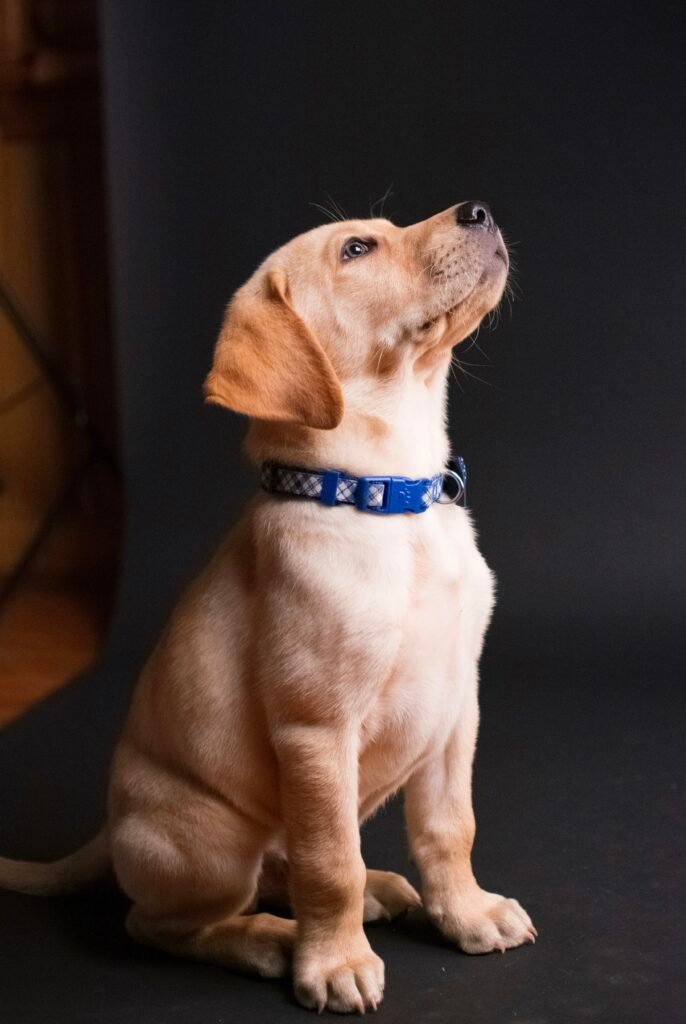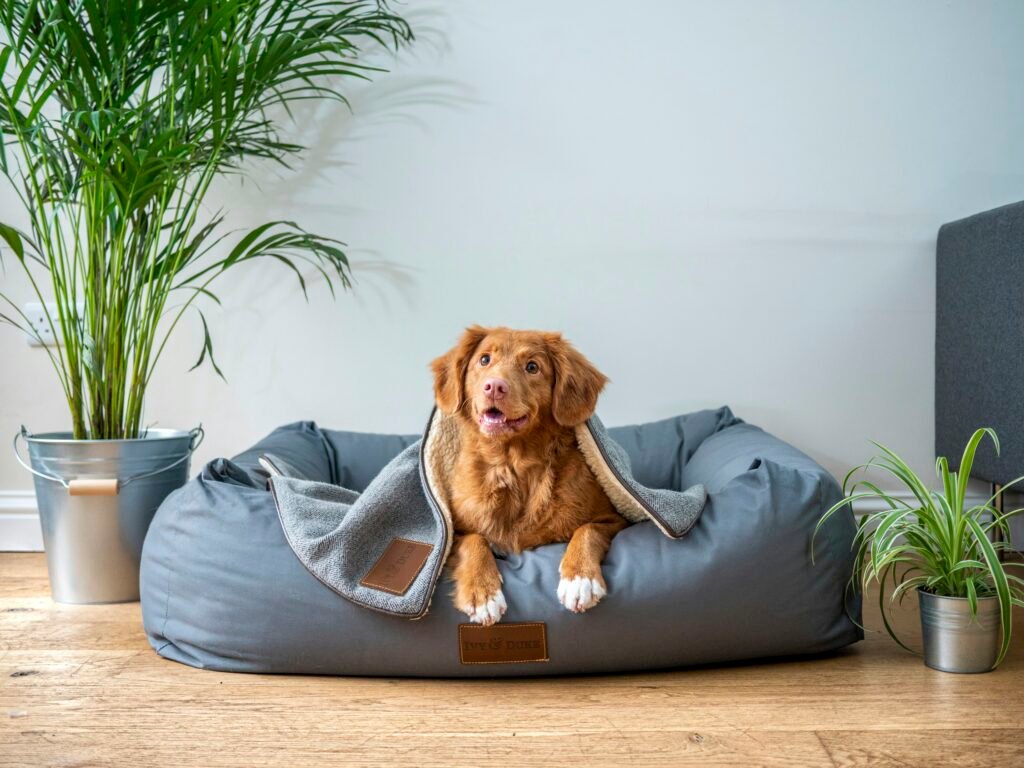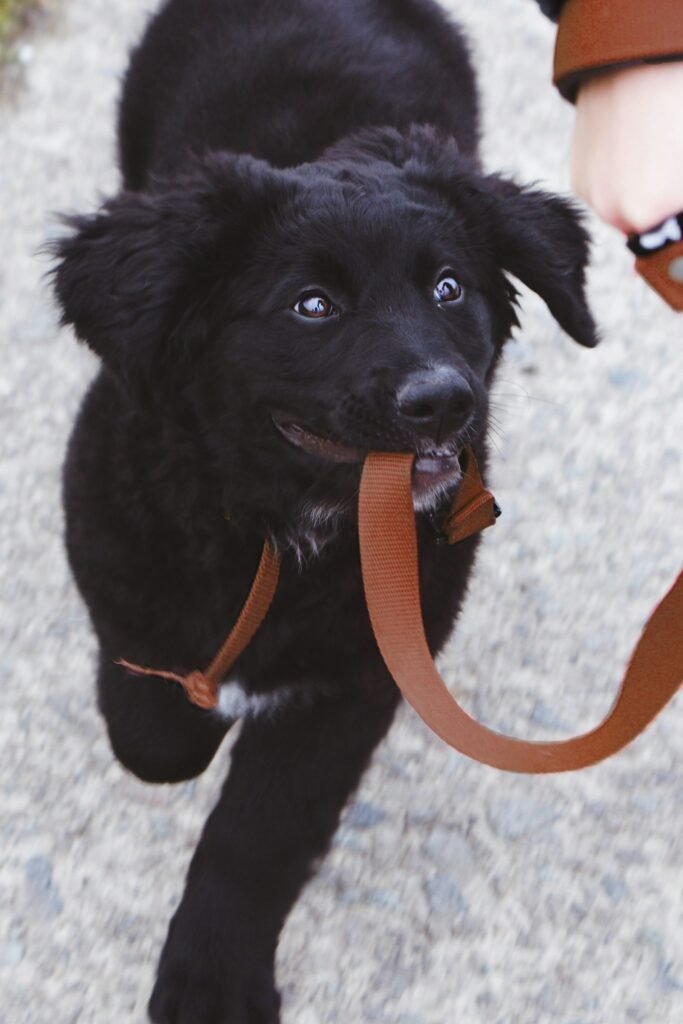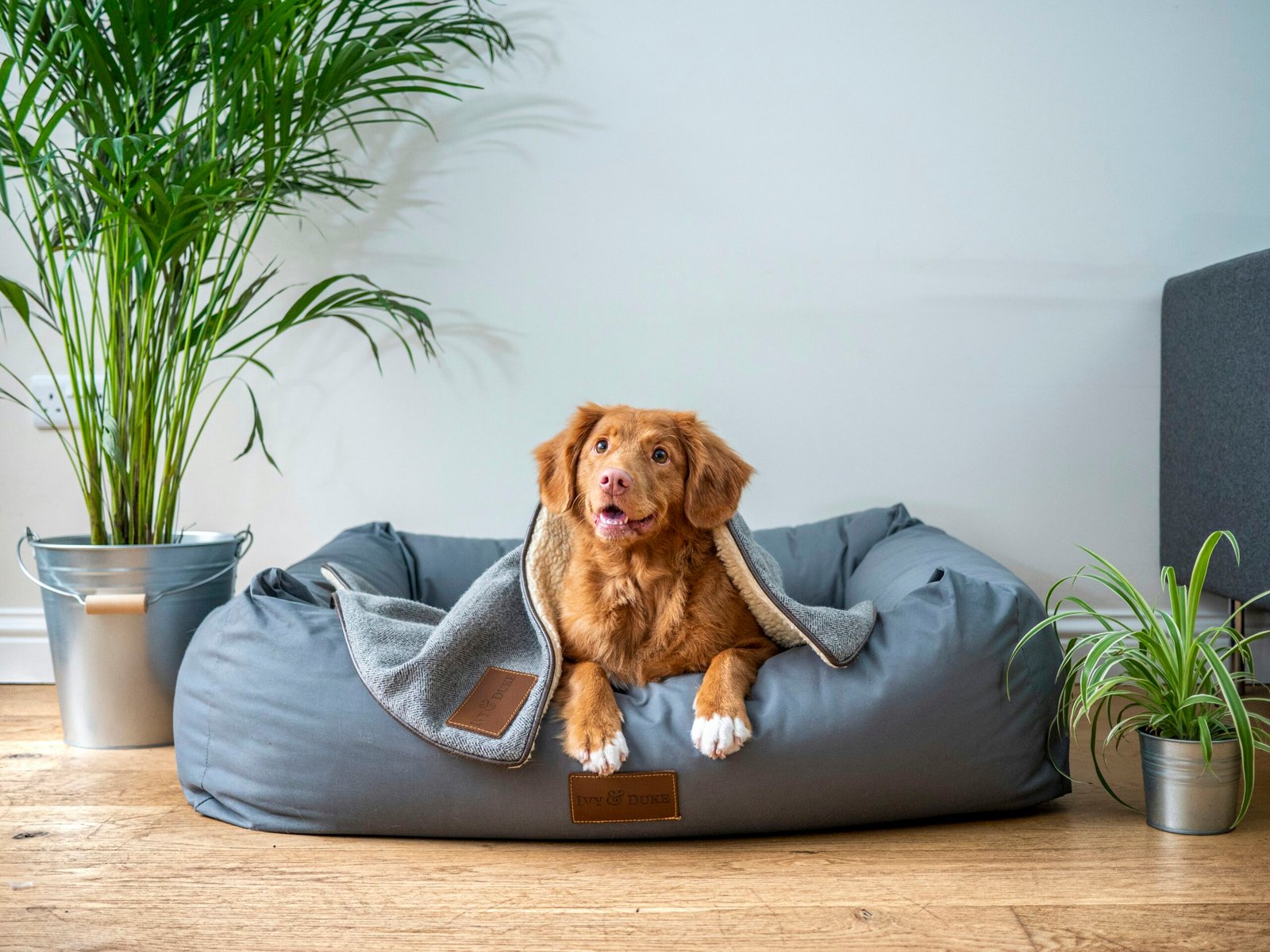Are you a new puppy owner struggling to establish a routine? Look no further! In this article, we will guide you on creating a structured crate training schedule for your furry friend. By following a schedule, you can provide your puppy with a sense of security and help them develop good habits. Whether you’re faced with housebreaking challenges or simply want to teach your pup to feel comfortable in their crate, our step-by-step guide will ensure that your training efforts are effective and enjoyable for both you and your little bundle of joy.
Choosing the Right Crate
Size of the crate
When choosing a crate for your puppy, it’s crucial to consider the size. The crate should be large enough for your puppy to stand up, turn around, and lie down comfortably. However, it should not be too large that it allows your puppy to create a separate area for sleeping and eliminating waste. This is because dogs have a natural instinct to keep their sleeping area clean. A crate that is too big may result in your puppy using one side for sleeping and the other side for eliminating, which defeats the purpose of crate training.
Type of crate
There are various types of crates available, including wire crates, plastic crates, and soft-sided crates. Each type has its own advantages and considerations. Wire crates are popular because they allow for better ventilation and visibility, while plastic crates provide a more den-like feel that can help puppies feel safe and secure. Soft-sided crates are lightweight and portable, making them ideal for travel. Consider your puppy’s temperament, size, and specific needs when selecting the type of crate that will be most suitable.
Accessibility of the crate
When it comes to the accessibility of the crate, it’s important to choose one with a door that is easy to open and close. The door should have a secure lock to prevent your puppy from accidentally escaping. Additionally, consider the placement of the crate in your home. It should be in a quiet area away from distractions and excessive noise. This will help your puppy feel calm and relaxed in their crate and promote a positive association with it.
Acclimating Your Puppy to the Crate
Introduce the crate slowly
To help your puppy adjust to their crate, it’s important to introduce it slowly and gradually. You can start by placing the crate in a common area of your home with the door open. Allow your puppy to explore the crate at their own pace, sniffing and investigating. To make the crate more inviting, place comfortable bedding and a few treats inside. Avoid forcing your puppy into the crate or closing the door before they are ready.
Make the crate a positive place
Creating a positive association with the crate is essential to successful crate training. Make the crate a place of comfort and security for your puppy. Use treats, praise, and toys to encourage your puppy to enter the crate willingly. Avoid using the crate as a form of punishment or using negative reinforcement techniques to force your puppy into the crate. This will only create a negative association and make crate training more challenging.
Feeding your puppy in the crate
Feeding your puppy in the crate is an effective way to further establish a positive association. Start by placing your puppy’s food bowl near the crate, gradually moving it closer to the crate’s entrance over time. Eventually, place the food bowl inside the crate, encouraging your puppy to enter and eat their meals comfortably. This will reinforce the idea that the crate is a safe and rewarding place for your puppy.

This image is property of images.unsplash.com.
Setting a Routine
Establish a consistent schedule
Setting a consistent schedule is crucial for successful crate training. Dogs thrive on routine and predictability, so it’s important to establish regular meal times, potty breaks, and crate time for your puppy. This will help them understand and anticipate what is expected of them, creating a sense of structure and security. Consistency also aids in potty training by regulating your puppy’s elimination schedule.
Creating a bedtime routine
Creating a bedtime routine is an essential part of crate training, especially during the night. Establish a consistent pre-bedtime routine that includes calming activities such as a walk, quiet play, and gentle stroking. This routine will signal to your puppy that it’s time to wind down and prepare for sleep. After completing the routine, guide your puppy into their crate and provide them with a comforting item like a blanket or a soft toy.
Using a designated potty area
To prevent accidents and encourage proper potty training, it’s important to establish a designated potty area for your puppy. Take your puppy to this area at regular intervals throughout the day, especially after meals, naps, and crate time. Use positive reinforcement techniques such as praise and treats when your puppy eliminates in the designated area. This will reinforce the idea that eliminating outside is the desired behavior.
Gradual Increase in Crate Time
Start with short periods
When first introducing your puppy to their crate, start with short periods of crate time. Begin by closing the crate door for just a few minutes while you remain nearby. Once your puppy is comfortable with this, gradually increase the duration of crate time. This gradual approach allows your puppy to build positive associations with the crate and feel secure while gradually adjusting to being confined.
Gradually increase the time
As your puppy becomes more accustomed to the crate, gradually increase the duration of crate time. Extend the time in increments, keeping in mind your puppy’s age and bladder control abilities. It’s important not to rush this process, as it may cause anxiety or frustration for your puppy. Slowly building up their tolerance to being in the crate will ultimately lead to a more comfortable and contented pup.
Practice leaving and returning
To help your puppy adjust to being alone in the crate, practice leaving and returning. Start by stepping outside the room for a few seconds, then gradually increase the duration of your absence. Each time you return, avoid making a big fuss and instead calmly praise your puppy for staying calm and quiet. Over time, your puppy will learn that being in the crate is a temporary situation and that you will always come back.

This image is property of images.unsplash.com.
Dealing with Separation Anxiety
Recognize the signs
Separation anxiety can be a common issue when crate training puppies. It’s important to recognize the signs of separation anxiety, which can include excessive barking or whining, destructive behavior, attempts to escape the crate, or self-injury. If you notice any of these signs, it’s crucial to address them promptly to prevent the development of severe anxiety or stress-related behaviors.
Implementing desensitization techniques
Desensitization techniques can be helpful in combating separation anxiety. Gradually expose your puppy to the triggers that cause anxiety, such as putting on your shoes or picking up your keys, without actually leaving. This will help your puppy associate these cues with positive experiences rather than anxiety and fear. Over time, increase the duration of your absence while continuing to provide positive reinforcement when your puppy remains calm.
Consulting with a professional
If your puppy’s separation anxiety persists or becomes severe, it may be beneficial to consult with a professional dog trainer or behaviorist. They can provide guidance and personalized strategies to address your puppy’s specific needs. A professional can help you develop a comprehensive plan to alleviate separation anxiety and make crate training a more positive experience for both you and your furry friend.
Providing Enrichment and Entertainment
Choosing appropriate toys
To keep your puppy entertained and mentally stimulated while in the crate, it’s important to choose appropriate toys. Look for toys that are safe and durable, as puppies tend to be enthusiastic chewers. Interactive toys that dispense treats or puzzle toys that require problem-solving can be particularly engaging and provide mental stimulation during crate time.
Rotating toys to prevent boredom
To prevent boredom and keep your puppy engaged, it’s a good idea to rotate their toys regularly. Introducing new toys or rotating their availability will keep the toys fresh and exciting for your puppy. This will help prevent them from losing interest in their toys and promote a positive association with their crate.
Engaging in interactive play
Regular interactive play sessions with your puppy are essential for their overall well-being and can also contribute to their crate training experience. Engaging in playtime before crate time can help your puppy expend excess energy and feel more relaxed in their crate. Interactive play also strengthens the bond between you and your puppy, making them more receptive to crate training.

This image is property of images.unsplash.com.
Crate Training During the Night
Bedtime routine preparation
Establishing a consistent bedtime routine is essential for successful crate training during the night. A solid routine will help signal to your puppy that it’s time to wind down and prepare for sleep. This routine can include activities such as a short walk, a calming play session, and a visit to their designated potty area. Following the same routine each night will help your puppy associate these activities with bedtime and crate time.
Setting up the crate in your bedroom
In the early stages of crate training, it can be beneficial to place your puppy’s crate in your bedroom. This allows them to feel close to you and reduces potential separation anxiety during the night. Position the crate in a quiet corner of your bedroom, ensuring it is comfortable and inviting. The proximity to you will help your puppy feel secure and help them adjust to being in the crate at night.
Gradually transitioning to another location
Once your puppy is comfortable sleeping in their crate in your bedroom, you can gradually transition them to another location in your home. Moving the crate a few feet away from your bed each night will gradually increase the distance while still maintaining some proximity. Eventually, you can move the crate to its desired permanent location. This gradual transition allows your puppy to become familiar with their new sleeping area while minimizing stress or anxiety.
Maintaining a Consistent Schedule
Sticking to the routine
Consistency is key when it comes to crate training. It’s important to stick to the established schedule and routine to provide your puppy with a sense of security and predictability. Try to feed your puppy at the same times every day, as well as maintaining regular potty breaks and crate time. Consistency will help your puppy develop good habits and make crate training more effective.
Avoiding disruptions
While maintaining a consistent schedule is important, it’s also crucial to avoid unnecessary disruptions. Minimize loud noises, visitors, or other distractions during crate time. This will help your puppy stay calm and focused on their crate training. It’s also important to refrain from letting your puppy out of the crate when they are whining or barking, as this may reinforce unwanted behaviors.
Handling schedule changes
Life is full of unexpected events and schedule changes, but it’s crucial to handle these disruptions in a way that minimizes stress for your puppy. If there are unavoidable changes to your routine, try to maintain as much consistency as possible. Plan ahead and make necessary adjustments to feeding, potty breaks, and crate time to ensure your puppy’s needs are still met. This will help prevent setbacks in their crate training progress.
Troubleshooting Common Challenges
Whining and barking
Whining and barking are common challenges during crate training. It’s important to remember that your puppy may initially protest being confined in the crate, especially if they are not used to it. However, it’s crucial not to let them out when they are whining or barking, as this may reinforce the behavior. Instead, wait for a moment of quiet before opening the crate door. Consistency and positive reinforcement will eventually help your puppy understand that calm behavior is rewarded, while whining and barking are not effective methods of getting what they want.
Accidents in the crate
Accidents in the crate can be frustrating, but it’s important not to punish your puppy. Instead, focus on reinforcing proper potty training and establishing a consistent routine. Take your puppy to their designated potty area frequently, especially after meals and crate time. If accidents in the crate persist, consult with a veterinarian to rule out any underlying health issues that may be contributing to the problem.
Resistance to entering the crate
If your puppy shows resistance to entering the crate, it’s important to make the crate a positive and inviting space. Use treats, praise, and toys to encourage your puppy to enter willingly. Gradually increase the duration of time spent in the crate and ensure their experiences inside are positive. Avoid using force or coercion, as this may create a negative association with the crate.
Gradual Transition to Unsupervised Freedom
Supervised freedom within a confined area
Once your puppy has successfully adjusted to their crate and is comfortable spending longer periods of time inside, you can begin to introduce supervised freedom within a confined area. This can be achieved by using baby gates or exercise pens to create a safe space where your puppy can move around freely while still being supervised. Start with short periods of supervised freedom and gradually increase the duration as your puppy demonstrates good behavior.
Gradually expanding access to the home
As your puppy becomes more reliable and shows good behavior during supervised freedom, you can gradually expand their access to the rest of the home. Begin by allowing them into one room at a time under supervision, ensuring the area is puppy-proofed and safe. Slowly increase their access to additional rooms over time, always monitoring their behavior and addressing any issues that may arise.
Supervision during the transition period
During the transition period to unsupervised freedom, it’s important to maintain supervision to prevent any accidents or undesirable behaviors. Gradually increase the duration of unsupervised periods, while still providing opportunities for potty breaks, exercise, and playtime. This gradual approach will help your puppy develop good habits and ensure a smooth and successful transition to unsupervised freedom.
By following these comprehensive guidelines, you can establish a structured crate training schedule that will help your puppy feel secure, comfortable, and happy in their crate. Remember, patience, consistency, and positive reinforcement are key to successful crate training. With time and dedication, your puppy will learn to love their crate and view it as their own personal safe haven.
